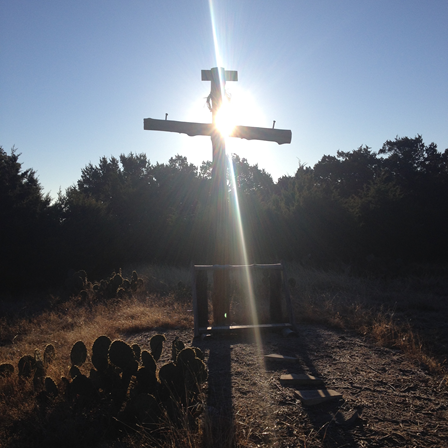The concept of the “fearless organization” is a workplace environment complete with psychological safety, or a climate in which people are comfortable to express and be themselves because they realize that idea sharing and full participation is the key to everyone’s success. Building her case for this organizational shift, author Amy C. Edmondson proposes that while factories and standardization were the drivers of the Industrial Age, today’s economy requires ingenuity.
“People must bring their brains to work,” Edmondson writes.
So, it is worth asking: Are we setting up our children to fail as adults?
The educational environment is constructed on industrial norms. Standardization weighs every scale, and students are trained to give the right answer instead of praised and applauded for trials and errors that come with effective learning, creating, and discovering.
In a society that constantly touts innovation, our young people deserve more. Seth Godin agrees, and he takes it a step further and asks: What is school for?
Seeking an answer to this question – and implementing it – is the work of any and every critical educator, and perhaps the discovery lies somewhere in a process similar to the challenge Toni Morrison described about how to “invoke paradise in an age of theme parks.”
The questions only become answerable “in the act of storytelling,” Morrison writes.
The Way
In Toni Morrison’s eulogy to James Baldwin, she honored the “undecorated truth” that inhabited his writing. She said, “In your hands language was handsome again. In your hands we saw it how it was meant to be – neither bloodless nor bloody, and yet alive.”
As if to say that Baldwin, through his life, work, and writing, offered us language as mercy, a construction of what is, through a frame of what can be, what ought to be, and what is to be.
Language, especially as experienced through story, unites and invites encounter to imagine and possibly re-frame what we believe and know with more empathy, nuance, and depth.

For example, this week in the practice of my faith and many global belief systems, we recognize Holy Week and the Easter story of passionate sacrifice, redemption, and eternal hope. We witness the fulfillment of the Immanuel prophecy through the love, life, and death of Jesus of Nazareth.
In that time and place, according to social, cultural, and political understanding, roadside crosses symbolized punishment, public torment, and shameful execution; however, in carrying his cross to completion, Jesus re-framed the narrative.
Now, what once meant fear and death promises resurrection and new life; what was once reserved for darkness and evil is open to all for light and restoration.
Why? Because Jesus told a different story, and people shared it.
Through His life and story, we see what is meant to be.




